Northrop Grumman’s B-21 Raider, described as the world’s first sixth-generation aircraft, is continuing its flight test campaign at Edwards Air Force Base in California, according to a press release.
The aircraft, developed in collaboration with the U.S. Air Force’s Combined Test Force (CTF), is reportedly meeting performance expectations.
Pilots involved in the testing phase note that the B-21 is flying in accordance with its digital simulation counterparts, indicating the accuracy of the digital environment used in its development.
The B-21 Raider is on schedule to meet its Average Procurement Unit Cost (APUC) goal of $550 million, based on 2010 dollar values. The U.S. government has negotiated fixed-price production options for the initial 21 aircraft, with additional pricing terms for up to 19 more aircraft currently under discussion.
Key aspects of the B-21’s development highlighted in the press release include:
Here is what you need to know about Northrop Grumman’s B-21 Raider as it continues flight test.
- Sixth Generation. The B-21 Raider is setting standards for sixth-generation technology. On the outside, next-gen stealth and advancements in low observable processes will make the aircraft easier and less costly to maintain than prior systems. Inside, the B-21’s open architecture will enable rapid upgradability from inclusion of new weapons to software upgrades thanks to advanced networking capabilities and successful cloud environment migration.
- Production Focus. A key strategy of the program was to build a production representative first test aircraft. Rather than a prototype, the B-21 test aircraft is equipped with mission systems and was built by the same manufacturing technicians using the same processes and tooling for production aircraft. The body of knowledge and experience gleaned in the development process supports a smooth transition into production on the path to delivering operational capability.
- A Digital Aircraft. Northrop Grumman uses agile software development and digital engineering tools to mitigate production risk and enable modern sustainment practices for the B-21 program. Ground testing demonstrated the efficacy of digital modeling with results that outperformed industry standards, paving the way for next-gen platforms and systems.
- Advanced Manufacturing. By embracing the benefits of advanced manufacturing, Northrop Grumman invested in a digital ecosystem for the B-21 throughout the aircraft’s lifecycle. From training and augmented reality tools allowing technicians to visualize tasks and solve problems before ever touching the plane, to easing integration of supplier parts on the aircraft, these advancements have reduced risk, supported efficiency and cultivated expertise throughout the manufacturing workforce.
- Sustainment at the Forefront. Sustainment was a program priority throughout the B-21 program’s design phase. In addition to driving efficiency over the long term, this approach yields more near-term benefits and sets the B-21 further along on tech data, materiel readiness and training which will benefit the user community upon fielding.
The press release also includes a caution regarding forward-looking statements, noting that these projections are subject to risks and uncertainties, as detailed in the company’s filings with the Securities and Exchange Commission.


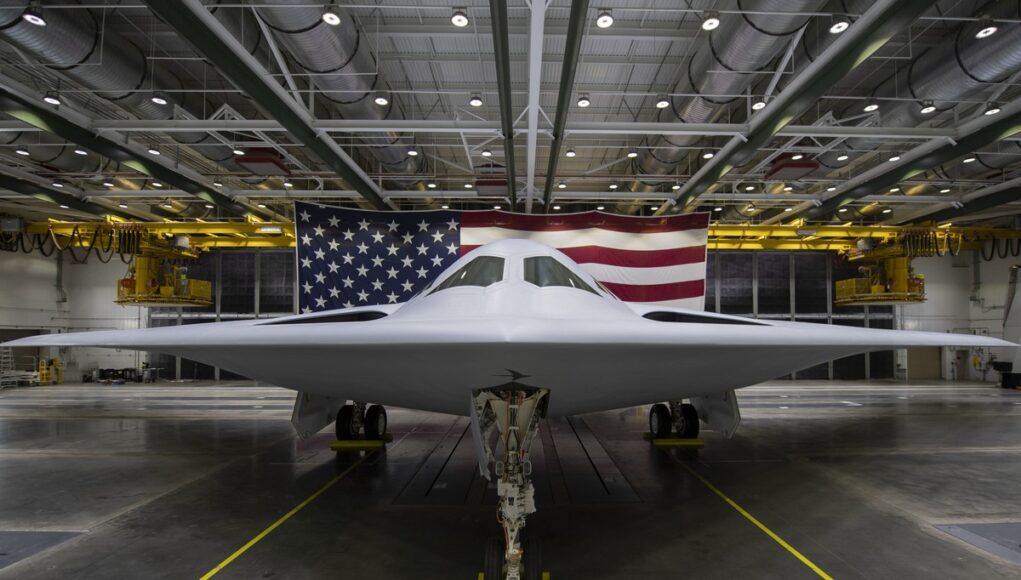
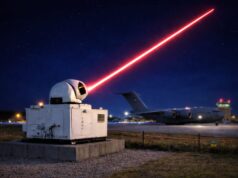

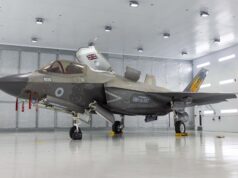
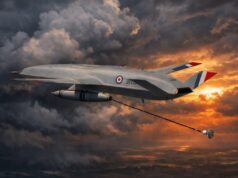

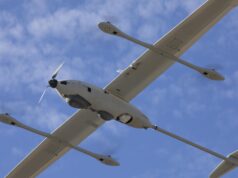

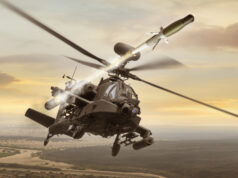
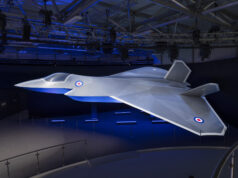


Sounds like the B21 programme has learned the lessons of the B2 programme with some JSF F35 thrown in.
No commercial aircraft programme could ignore sustainment and a full life cycle perspective as their operators (airlines) have a brutal focus on cost per passenger mile flown with all acquisition, service and sustainment costs included.
The value of an open architectural design has already been shown a while back for example SAAB fighters. Testing is expensive…
The production line is the prototype approach is a real step change that removes risk from the low rate production that JSF chose to bridge from prototype to serial production. Seems like they are still struggling to exit low rate batch production which doesn’t inspire confidence and political support.
I wonder if B21 will be a 75-100 year service airframe like B52 Stratofortress…